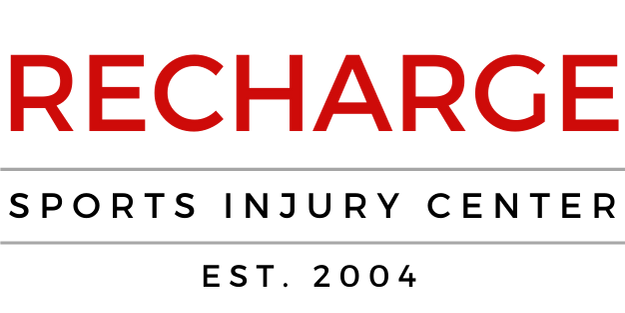Why See a Sports Chiropractor for a Running Injury?
A running injury is not always linear.
The cycle of many running injuries goes something like this: After admitting that the pain was more than just soreness, you listened to your orthopedic surgeon talk about options ranging from surgery to rehabilitation. You spent months in physical therapy trying to rebuild strength and repair soft tissue damage, eventually hitting a plateau, only to wonder if you'll ever go out for a run again. The desire to get back out to run is why many runners seek alternative rehabilitation plans that include seeing a sports chiropractor for targeted treatments for their injuries.
Why see a sports chiropractor for a running injury?
Although physical therapy is often the first line of defense in rehabbing a running injury, many athletes and runners have started to rely on sports medicine-trained chiropractors. While physical therapy can focus on strengthening and coordination, chiropractic care is designed to improve joint mobilization, making sure that all the joints in the body are moving correctly. Sports chiropractic care has evolved to incorporate the best of both worlds of joint mobilization techniques and soft tissue repair, creating a new gold standard of best practices in treatment plans for patients.
Not only do all the joints in the body need to move correctly, but they also need to move in coordination with the soft tissue – a healthy body is one where all the factors are working well together. Runners who decide to visit a sports chiropractor should expect a thorough evaluation of bio-mechanics by their practitioner, including:
• How they are moving.
• How they are standing.
• What the arch of the foot looks like.
• How the knees are aligned.
• How the hips are aligned.
Once an evaluation is completed, sports chiropractors will create a treatment plan, taking into account the needs of each specific patient to decide between a variety of techniques, each designed to help the body regenerate healthy cells and activate healing mechanisms.
Four types of chiropractic treatment for running injuries
1. Active Release Technique (ART) is a combination of massage and stretching where trained therapists apply deep tension while they move a joint through a range of motion. ART is used primarily for adhesions deep in the muscle.
2. Graston Technique is a therapy best used for surface level scar tissue that uses handheld stainless steel tools to break down scar tissue-releasing adhesions.
3. Functional dry needling is used for very deep trigger points to release tension in the muscles through deep muscle stimulation provided by the needles. Dry needling can be helpful for injuries involving the psoas muscle, which is a critical hip flexor muscle for runners.
4. Electrical muscle stimulation (EMS) stimulates surface muscles to contract releasing tension as a complement to other techniques.
Active Release Technique for runners
The reason that Active Release Technique can be beneficial – especially for iliotibial band and hip injuries – is that it combines different muscle work that breaks down scar tissue while also emphasizing correct flexibility. Through Active Release, you can actually elongate some of the muscle fibers making those muscles more pliable and therefore healthier.
Anyone preparing for ART should know that this is not a particularly gentle treatment as the pressure and work on the muscles is deep and sometimes painful.
How to stay healthy for the long term
Staying healthy is a constant concern for professional athletes who get constant care from stretching to active release to heat or ice. Most adults or mature athletes, on the other hand, do not make the time every day to use a foam roller, apply ice or heat or keep up with stretching. Runners who have overcome an injury should consider ongoing preventive care, ranging from every two weeks to every six weeks to maintain progress and reduce future injuries.


